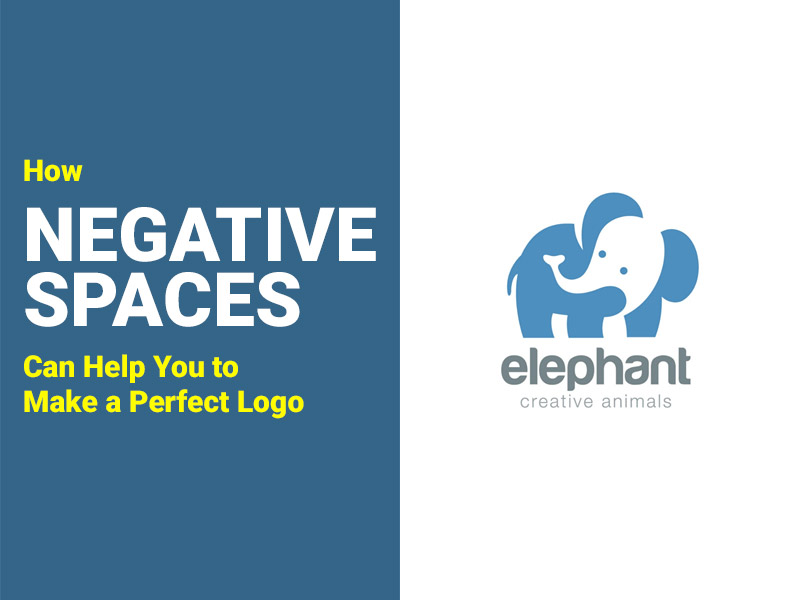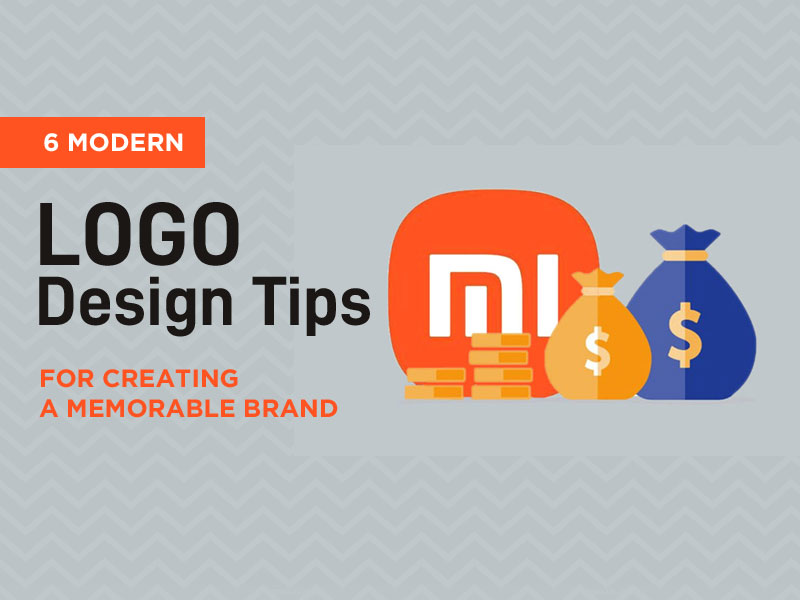Building a strong brand identity is a crucial step for any business aiming to make its mark in a competitive market. It embodies your brand’s personality and a promise to your customers, encompassing everything from your logo to your messaging. By crafting a cohesive and memorable brand identity, you’re setting the foundation for your company’s success.
If you’re new to branding, learn more here and discover strategies to create a killer brand identity that resonates with your audience and stands the test of time:

1. Develop A Unique Logo
Your journey begins with designing a logo that captures the essence of your brand. Think of your logo as the face of your company—it’s often the first thing people see, and it should make a lasting impression. That’s why it should align with your brand values, be visually appealing, and be adaptable across various mediums. Remember, simplicity often leads to memorability.
2. Choose The Right Color Palette
Selecting the right color palette for your brand is not just crucial, it’s transformative. Each color has its own connotations and greatly influences your brand’s perception.
For example, blue often symbolizes trust and stability, while green is associated with growth and health. Here are a few points to consider:
- Understand Color Psychology: Different colors evoke various emotions. Red can signify passion or urgency, making it a popular choice for call-to-action buttons. Yellow, often associated with happiness and energy, can draw attention and create a sense of optimistic feeling.
- Consider Your Industry: The color choice can be industry-specific. Earth tones might suit an eco-friendly brand, whereas bold, vibrant colors may be ideal for a youthful, trendy business.
The colors you choose are an integral part of your brand’s identity, significantly influencing audience perception and memory.
3. Select Typography That Speaks
Typography is another crucial element. The fonts you choose should complement your brand’s personality. A tech company might opt for a sleek, modern font, while a bakery could prefer something more whimsical. Consistency in typography ensures easy brand recognition.
4. Craft A Compelling Brand Voice
Your brand’s voice determines how you communicate with your audience. It’s not just what you say, but how you say it. This voice should reflect your brand’s personality, whether it’s professional, playful, or somewhere in between. A consistent voice helps build a connection with your audience.
5. Create Consistent Messaging
Consistent messaging is key in reinforcing your brand identity. Each interaction, be it an ad, a social media post, or customer service communication, should reflect your brand’s core values and mission.
This consistency strengthens your brand’s narrative and builds trust and reliability with your audience. Consistent messaging also resonates more deeply, creating memorable experiences that can convert casual consumers into loyal customers.
6. Design An Engaging Website
Your website is often the first point of interaction with your audience. It should be visually appealing, easy to navigate, and reflective of your brand identity.
An engaging website improves user experience and leaves a positive impression. Ensure it’s mobile-friendly, as a significant portion of online traffic comes from mobile devices. Incorporate elements like user-friendly layouts and interactive features that align with your brand’s character to make your website both a platform and an experience for your visitors.
7. Leverage Social Media Effectively
Social media is a powerful tool for brand building. Choose platforms that align with your target audience and use them to showcase your brand’s personality. Here are some strategies to consider:
- Customize Content: Different social media platforms cater to various demographics and content styles. What works on a visually-driven platform like Instagram might not resonate on a professional one like LinkedIn. Therefore, customize your content for each platform’s unique audience and format.
- Engage With Your Audience: Regularly post content that reflects your brand’s voice and interact with your followers. Respond to comments and engage in conversations to build a community.
- Use Analytics: Employ platform analytics to gauge audience preferences and content performance. This data assists in refining your strategy for improved engagement and reach.
- Adapt To Trends: Stay abreast of evolving social media trends to keep your brand relatable.
Following these strategies can effectively enhance your brand’s presence and connect with your audience.
8. Evolve With The Market
A powerful brand identity isn’t static. As market trends change and your business grows, your brand identity should evolve. This doesn’t mean a complete overhaul with each trend but a thoughtful adjustment that keeps your brand relevant and fresh. It’s about staying true to your core values while adapting to new tastes, technologies, and market demands.
Conclusion
A strong brand identity is more than just a logo; it’s a comprehensive mix of design, communication, and strategy. By focusing on these key elements, you’re creating a brand while building a legacy. Remember, a consistent, engaging, and adaptable brand identity is your ticket to establishing a lasting connection with your audience.







